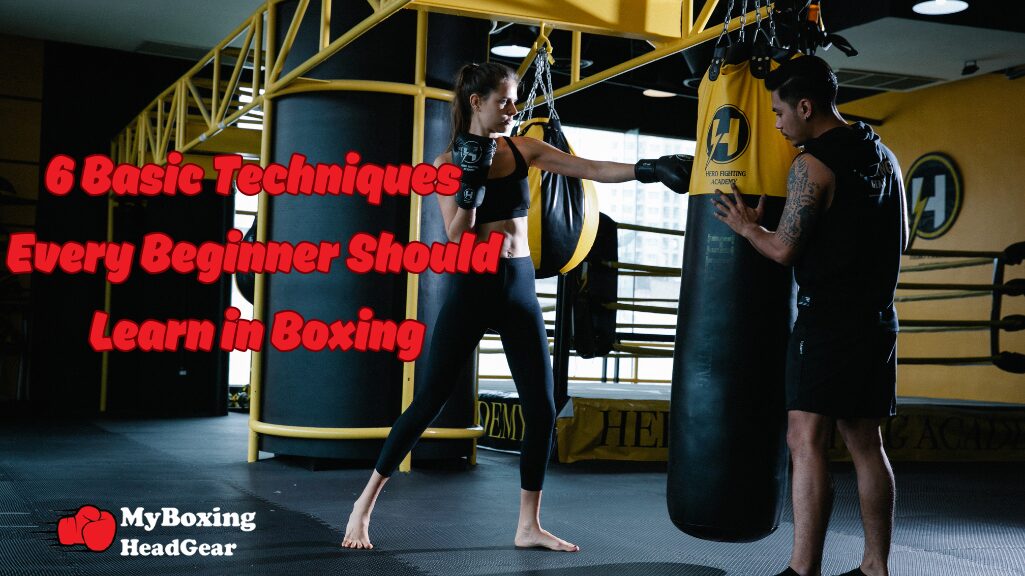Boxing is a discipline that demands precision, endurance, and mental focus. For those just beginning, the path to mastering the sport starts with understanding its foundational elements. Whether your goal is fitness, self-defense, or competition, learning boxing basics early and correctly is essential to long-term success.
This guide outlines the core techniques and principles every new boxer should know when stepping into the ring for the first time.
1. The Boxing Stance
The stance is the cornerstone of all boxing movements and techniques. Most boxers begin in an orthodox stance, meaning the left foot and hand are forward. Left-handed boxers may adopt a southpaw stance, reversing this position. A good stance creates a balanced, stable base that allows the boxer to move smoothly and respond quickly.
Proper weight distribution ensures you are light on your feet while remaining grounded. Bend your knees slightly and point your lead foot forward.
Both hands stay close to the face: the lead hand is at about eye level, and the rear hand protects the chin. This positioning allows for quick offense while maintaining a solid defense.
2. Footwork Fundamentals
In boxing, your ability to move effectively is just as important as your ability to punch. Beginners must learn how to move forward, backward, and side to side without losing balance or breaking stance. The basic principle is to always move the foot in the direction you are traveling first, then follow with the other foot to maintain position.
Pivoting is a key skill that allows you to change angles, evade punches, and create new offensive openings. A common beginner mistake is crossing the feet or becoming flat-footed, which limits mobility and increases vulnerability. Proper footwork keeps you mobile, evasive, and in control of the fight’s tempo.
3. The Core Punches
The jab is the lead hand punch and often the first strike a boxer learns. You use it to measure distance, interrupt an opponent’s rhythm, and initiate combinations. The cross, thrown with the rear hand, is a powerful straight punch used to follow up after the jab. Together, these form the classic 1-2 combination.
The hook is a lateral punch thrown with a bent arm and rotated hips, effective at short range. It targets the side of the head or body. The uppercut is delivered upward, used at close range, and targets the chin or solar plexus. These four punches—jab, cross, hook, and uppercut—form the foundation of boxing offense.
Combinations such as 1-2 or 1-2-3 (jab-cross-hook) are vital for building rhythm and developing timing. Early training should focus on proper technique and fluid execution rather than power or speed.
4. Basic Defensive Techniques
A strong defense allows boxers to remain in the fight. The most fundamental defensive concept is the guard, where both hands are held high to protect the head and the elbows tucked to shield the torso. Beginners must also learn to keep their chins down and their eyes on the opponent.
Slipping involves moving the head to the side to evade straight punches. Bobbing and weaving require bending at the knees and rolling under hooks to avoid attacks while maintaining position. Parrying is the act of deflecting a punch using a subtle hand movement.
With strategic footwork, these techniques help minimize damage and create counterattack opportunities.
5. Shadowboxing and Bag Work
Shadowboxing is a solo training method that allows boxers to practice movement and technique without equipment. It enhances awareness, coordination, and flow. Beginners should shadowbox in front of mirrors to observe their form and correct errors in real-time.
Heavy bag work helps build power, endurance, and striking precision. Drills should include basic combinations and defensive movements. Focus mitt training and the double-end bag introduce timing and accuracy, simulating a moving target and helping develop quick reflexes.
6. Conditioning and Rhythm
Boxing is a physically demanding sport that requires high levels of cardiovascular fitness. Beginners should incorporate jump rope routines, running, and core exercises to build stamina and resilience. Conditioning also supports recovery, allowing boxers to maintain energy throughout multiple rounds.
Rhythm in boxing refers to the timing and tempo of movement. Developing a consistent rhythm helps boxers maintain flow, manage distance, and control the pace of the bout. Coordination drills, often combined with footwork and bag work, enhance this aspect of training.
Common Mistakes Beginners Make

One of the most frequent errors is overextending punches. It breaks the balance and exposes the body to counterattacks. Beginners also tend to drop their hands after throwing, leaving their heads unprotected. Maintaining a consistent guard is essential for safety.
Another mistake is becoming flat-footed or stiff in the ring. A lack of movement makes a boxer predictable and vulnerable. Constant small adjustments in position and foot placement help maintain agility and readiness to respond to an opponent’s actions.
How to Structure Your First Boxing Sessions
Warm-ups should include mobility drills, jump rope, and light shadowboxing. After warming up, beginners should focus on learning one or two key techniques or combinations. Bag work or pad drills can reinforce these skills. Incorporating boxing tips and tricks for beginners during this phase can help new boxers develop good habits and avoid common mistakes early on.
A weekly beginner routine may include three to four sessions focused on building form, conditioning, and movement. Sparring should not begin immediately. Once a solid technical base is established and the coach determines readiness, controlled sparring can introduce real-time skill application in a safe environment.
Frequently Asked Questions
What stance should a beginner boxer use?
Most beginners start in an orthodox stance, with the left foot and hand forward. The southpaw stance is suitable for left-handed individuals.
How important is footwork in boxing?
Footwork is crucial for maintaining balance, positioning, and controlling the pace of a fight. Good movement can enhance both offense and defense.
Which punches should I learn first?
The jab, cross, hook, and uppercut form the foundation of boxing. Practice these punches with proper technique before moving to advanced strikes.




